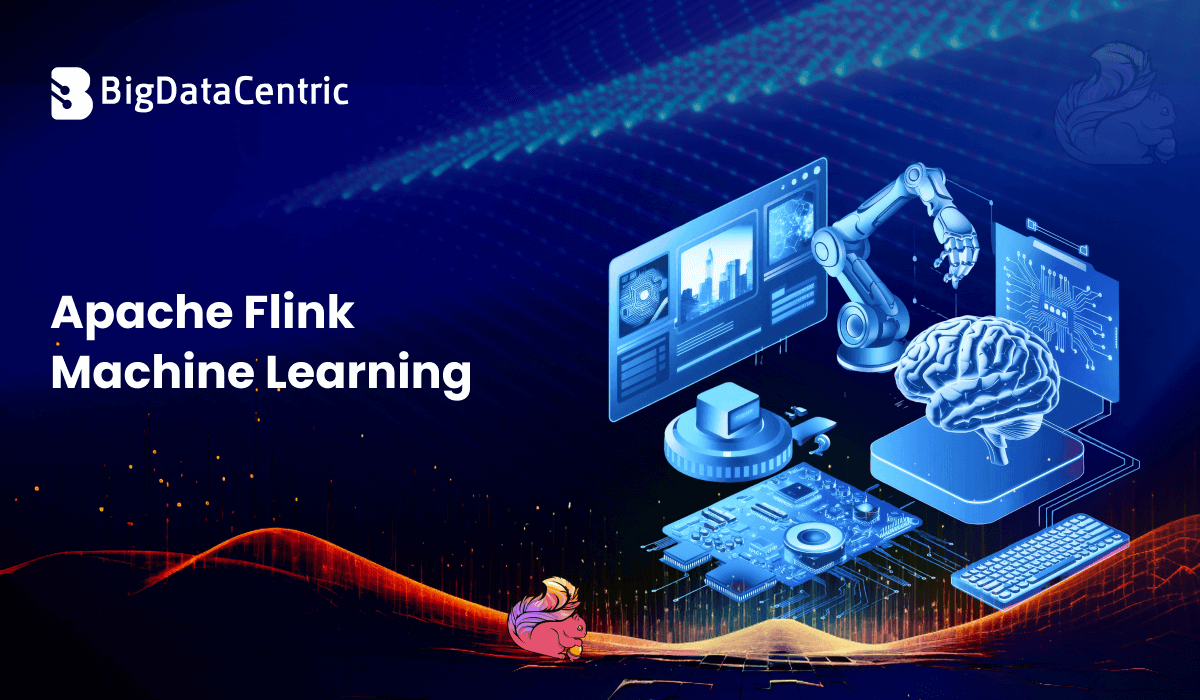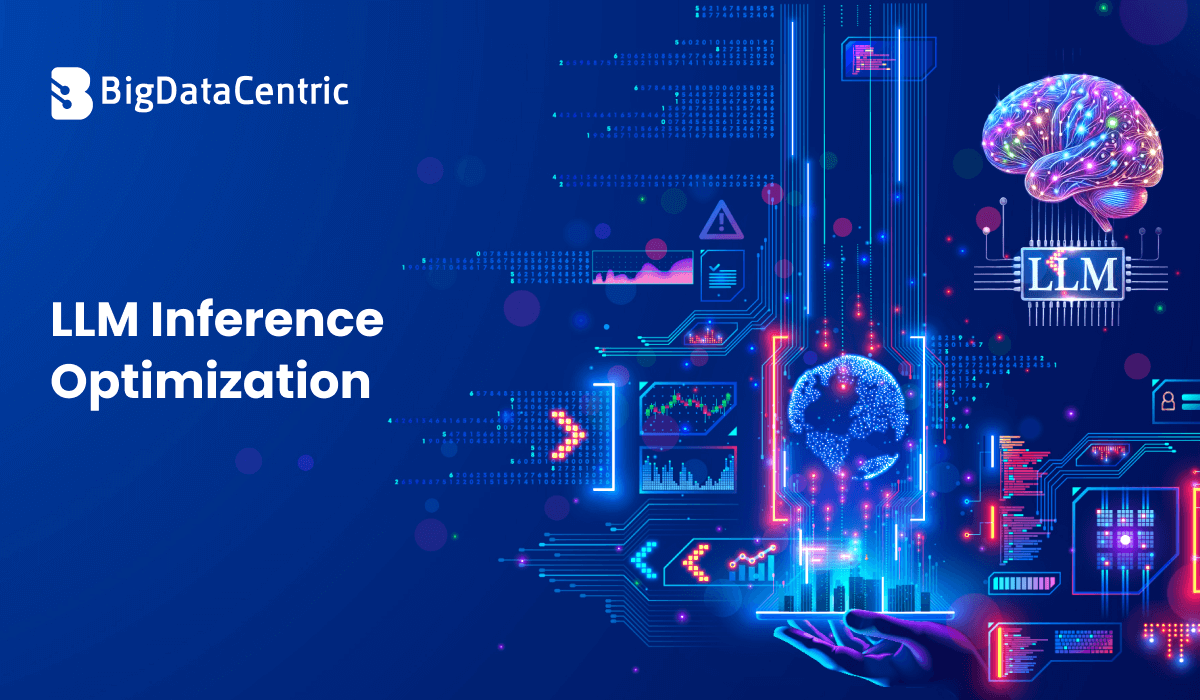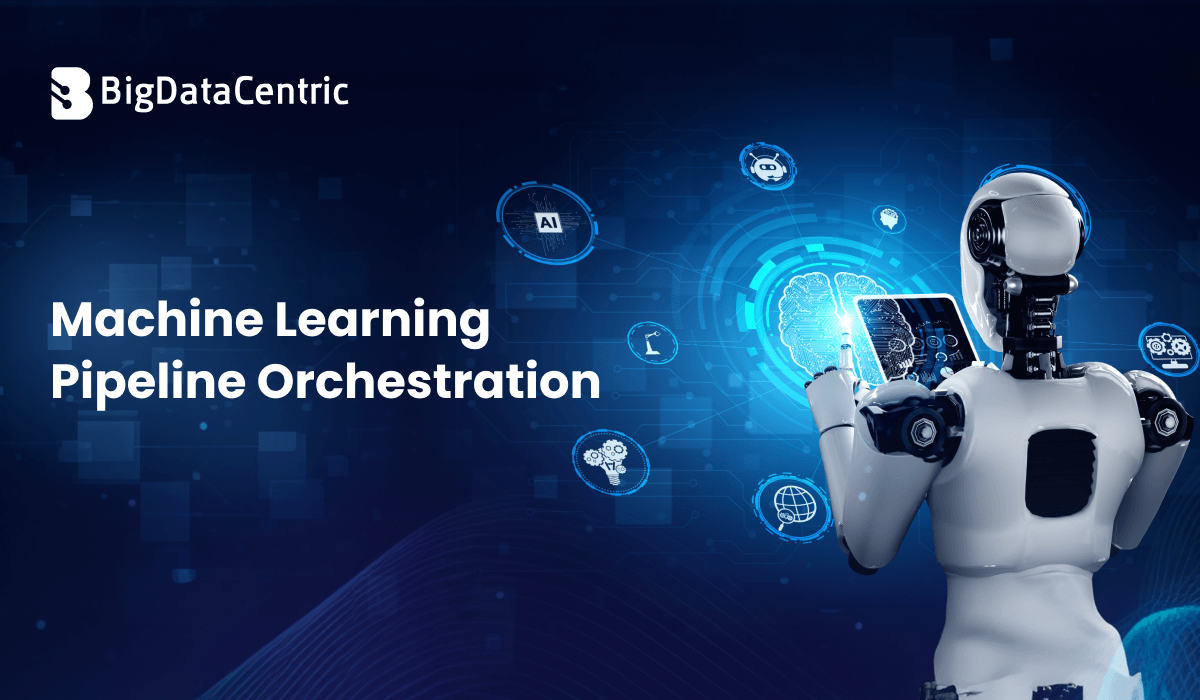Get in Touch With Us
Submitting the form below will ensure a prompt response from us.
When building classification models in machine learning, it’s often necessary to convert raw model outputs into meaningful probabilities. This is where Softmax comes in.
So, what is Softmax in Machine Learning, why is it so important, and how is it used in practice? Let’s break it down.
Definition of Softmax
The Softmax function is a mathematical function that converts a vector of raw scores (logits) into probabilities. These probabilities always sum to 1, making them interpretable as likelihoods of different classes.
Mathematically, the Softmax function for class i is:
σ(zi)=ezi∑j=1Kezj\sigma(z_i) = \frac{e^{z_i}}{\sum_{j=1}^{K} e^{z_j}}σ(zi)=∑j=1Kezjezi
Where:
- ziz_izi = raw score (logit) for class i
- KKK = total number of classes
Why is Softmax Important?
- Probability Distribution → Converts outputs into normalized probabilities.
- Classification → Used in multi-class problems (e.g., image recognition).
- Decision Making → The class with the highest probability is chosen as the prediction.
Example: In a digit recognition model, if Softmax outputs:
- Class 0 → 0.01
- Class 1 → 0.03
- Class 2 → 0.95
Then the model predicts digit 2.
Python Example: Implementing Softmax
Using NumPy
import numpy as np
def softmax(x):
exp_vals = np.exp(x - np.max(x)) # for numerical stability
return exp_vals / np.sum(exp_vals)
# Example logits
logits = [2.0, 1.0, 0.1]
probs = softmax(logits)
print("Probabilities:", probs)
print("Predicted Class:", np.argmax(probs))Output:
Probabilities: [0.659, 0.242, 0.099]
Predicted Class: 0
Softmax in TensorFlow / PyTorch
import torch
import torch.nn.functional as F
# Example logits tensor
logits = torch.tensor([2.0, 1.0, 0.1])
probs = F.softmax(logits, dim=0)
print("Probabilities:", probs)
print("Predicted Class:", torch.argmax(probs).item())Both libraries provide built-in Softmax functions, making it easy to integrate into neural networks.
Softmax vs. Sigmoid
- Sigmoid → Used for binary classification, outputs probability between 0 and 1.
- Softmax → Used for multi-class classification, outputs probabilities across all classes.
Example:
- Spam vs Not Spam → Sigmoid
- Digit recognition (0–9) → Softmax
Applications of Softmax in Machine Learning
- Image Classification → Used in CNNs for predicting objects.
- Natural Language Processing (NLP) → Used in text classification and machine translation.
- Reinforcement Learning → Used in policy networks to select actions probabilistically.
Challenges with Softmax
- Overconfidence: Softmax can assign very high probabilities even when uncertain.
- Computational Cost: Exponentials can be expensive for very large models.
- Numerical Stability: Requires subtracting max(logits) to avoid overflow.
Master Softmax and ML Algorithms
We help businesses implement classification models with Softmax and other advanced ML techniques.
Conclusion
Softmax in machine learning is a fundamental function for multi-class classification problems. By converting raw outputs into probabilities, it makes predictions interpretable and actionable.
From image recognition to language translation, Softmax is a cornerstone of modern machine learning models.
For practitioners, knowing how to implement and interpret Softmax is crucial for designing robust, accurate classification systems.













